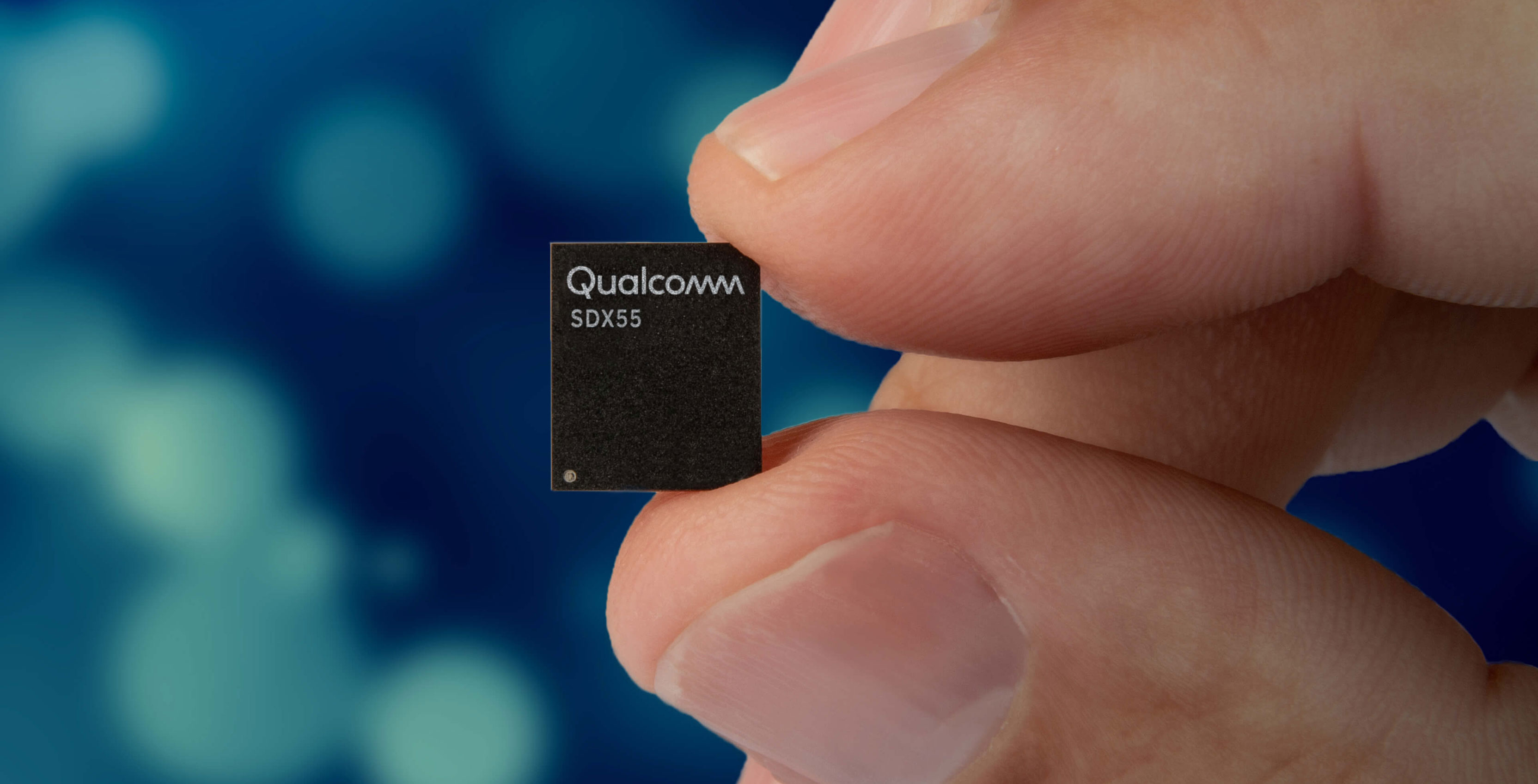
Years before the two companies engaged in the recently-wrapped up back-and-forth litigation, newly unsealed court documents outlined ways that Apple sought to lower its Qualcomm-related royalty costs.
According to the documents revealed by The Washington Post, Apple might not have been totally forthcoming in its testimony to jurors during the recent proceedings. In response to the iPhone-maker’s arguments that Qualcomm was over charging for use of its technology, lawyers for Qualcomm pointed out that it had multiple examples of Apple characterizing the technology as the best option available.
Qualcomm submitted evidence that in 2015, Apple’s vice president of hardware, Johny Srouji, wrote of Qualcomm technology, “Engineering wise, they have been the best.” As well in 2009, an Apple accountant said that Qualcomm is “widely considered the owner of the strongest patent portfolio for essential and relevant patents for wireless standards.”
These new details emerge after, as part of a settlement with Qualcomm, Apple agreed to pay an undisclosed amount to the chipmaker. It also signed a six-year licensing agreement, as well as the option to extend the deal a further two years. That means, since its previous modem supplier Intel exited the business, a 5G-connected iPhone is likely back on the menu for 2020.
Early Apple plans reveal goal to reduce Qualcomm patent costs
The iPhone-maker had also started to investigate ways to reduce its Qualcomm-related royalties all the way back in 2014. Although Apple waited for the end of a business cooperation agreement between the two companies to end in 2016 — alongside billions of dollars in payments from Qualcomm — to put its plan in place.
Included in the discovery was a 2016 document titled ‘Qualcomm Royalty Reduction’ and contained strategies like “Hurt Qualcomm financially” and “Put Qualcomm’s licensing model at risk.”
Another strategy included Apple specifically negotiating cheaper patents in a bid to make it appear like Qualcomm was charging above-average industry rates for use of its technology. The documents laid out how Apple would license patents from Huawei and Ericsson, which lawyers for the iPhone-maker used as examples as more realistic rates during proceedings last week.
“While it’s very common for companies who are engaged in legal disputes to play hardball, the disclosure of these documents is very unsettling,” said Adam Mossoff, a law professor at George Mason University told The Washington Post. “It potentially reveals that Apple was engaging in a bad faith argument both in front of antitrust enforcers as well as the legal courts about the actual value and nature of Qualcomm’s patented innovation.”
Source: The Washington Post
MobileSyrup may earn a commission from purchases made via our links, which helps fund the journalism we provide free on our website. These links do not influence our editorial content. Support us here.


